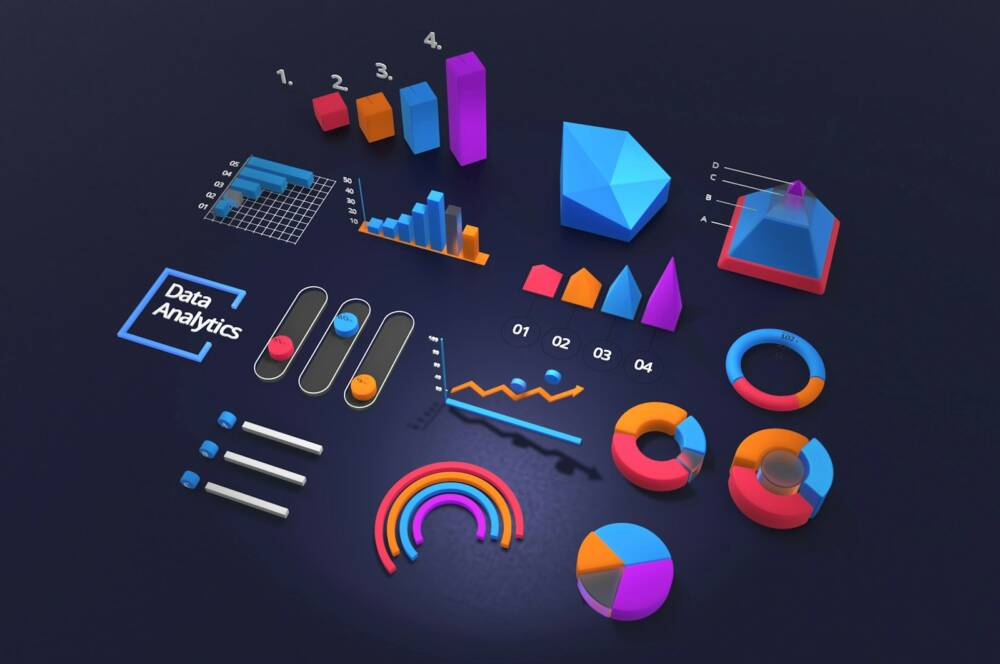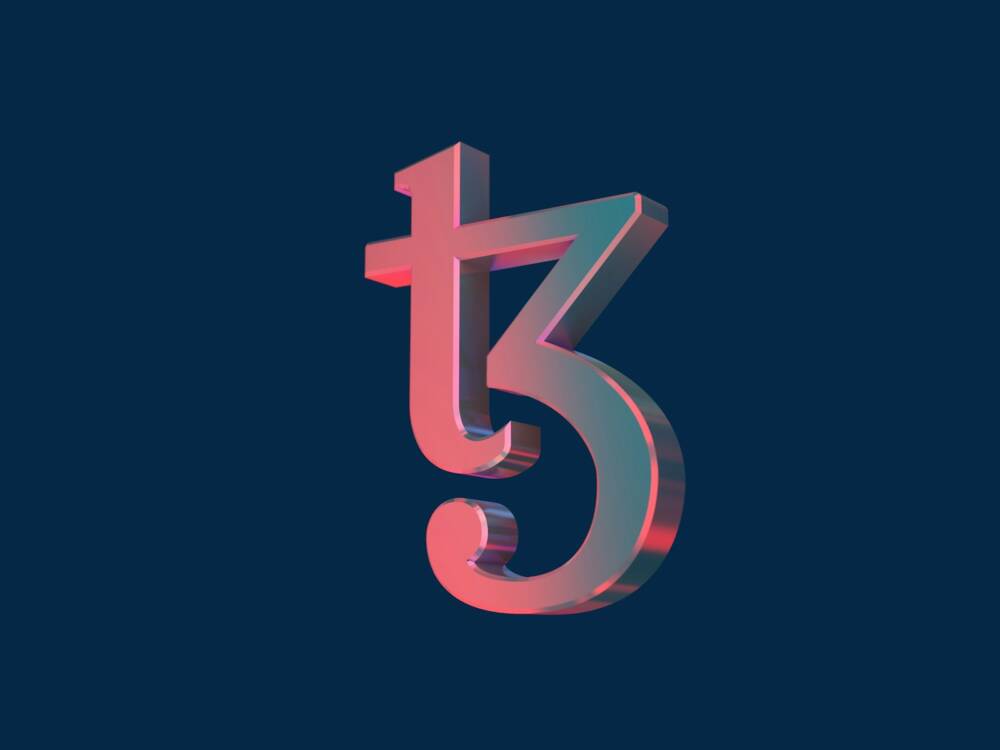Loans are meant to help you financially, but if you have a delinquent loan or defaulted loan, you have to pay the price. If you make a mistake with loan repayment, the lender has recourse to get their money.
But how much do you know about how those remedies work? Let’s take a deeper dive into delinquent loan vs defaulted loan evaluations.
What Is a Delinquent Loan?
A delinquent loan is a loan or other type of financial obligation that has gone unpaid for an extended period of time. Delinquent loans can have serious economic and legal implications for the borrower and can lead to the seizure of collateral or foreclosure of a home.
A delinquent loan is generally considered to be one that is past due for ninety days or more. Creditors are often willing to work with borrowers to help them get their loans back on track. But if that fails, they may resort to more extreme measures like:
- filing a lawsuit
- initiating foreclosure proceedings
What Is Defaulted Loan?
Defaulted loans are loans that have been given to an individual or business that has not been paid in full. Defaulting a loan means that the lender has not been able to collect the money they lent out.
Defaulted loans typically occur as a result of one of two scenarios- either the borrower was unable to repay the loan due to financial hardship, or they simply chose to default on the loan.
In either case, defaulted loans can have a serious impact on an individual or business’s credit reeport. Being in default puts the borrower at risk of having their collateral seized, a reduction in their credit score, legal action, and more.
What Are Their Differences?
A delinquent loan and a defaulted loan both refer to a borrower who has failed to make payments on a loan. The differences between them lie in the amount of time that has lapsed on the loan and the consequences of continuing to fail to make payments.
A delinquent loan is a loan payment that has been late or not made. Delinquency begins the day after a loan payment is due and accrues additional fees and charges with each consecutive missed payment.
If payments are not made within a certain period of time, the loan can go into default, meaning the loan is in extreme arrears, and all payments due to that point are due immediately, so be sure to repay the loan with minimal financial impact.
Defaulting on a loan has serious ramifications on the borrower’s credit score, debt-to-income ratio, and other financial indicators, making it harder for the borrower to acquire loans in the future.
Learn The Differences Between Delinquent Loans and Defaulted Loan
To summarize, delinquent loans and defaulted loans are two similar yet distinct issues when it comes to personal financing.
Delinquent loans involve late payments that can still eventually be resolved while defaulting is the inability to make payment activities at all. With that knowledge, it is critical to understand your loan obligations in order to make the best decision for your financial future. To take charge of your loan situation, contact a financial advisor and start making smarter decisions today!
Did you find this article helpful? Check out the rest of our blog for more!
MKTPlace is a leading digital and social media platform for traders and investors. MKTPlace offers premiere resources for trading and investing education, digital resources for personal finance, news about IoT, AI, Blockchain, Business, market analysis and education resources and guides.














